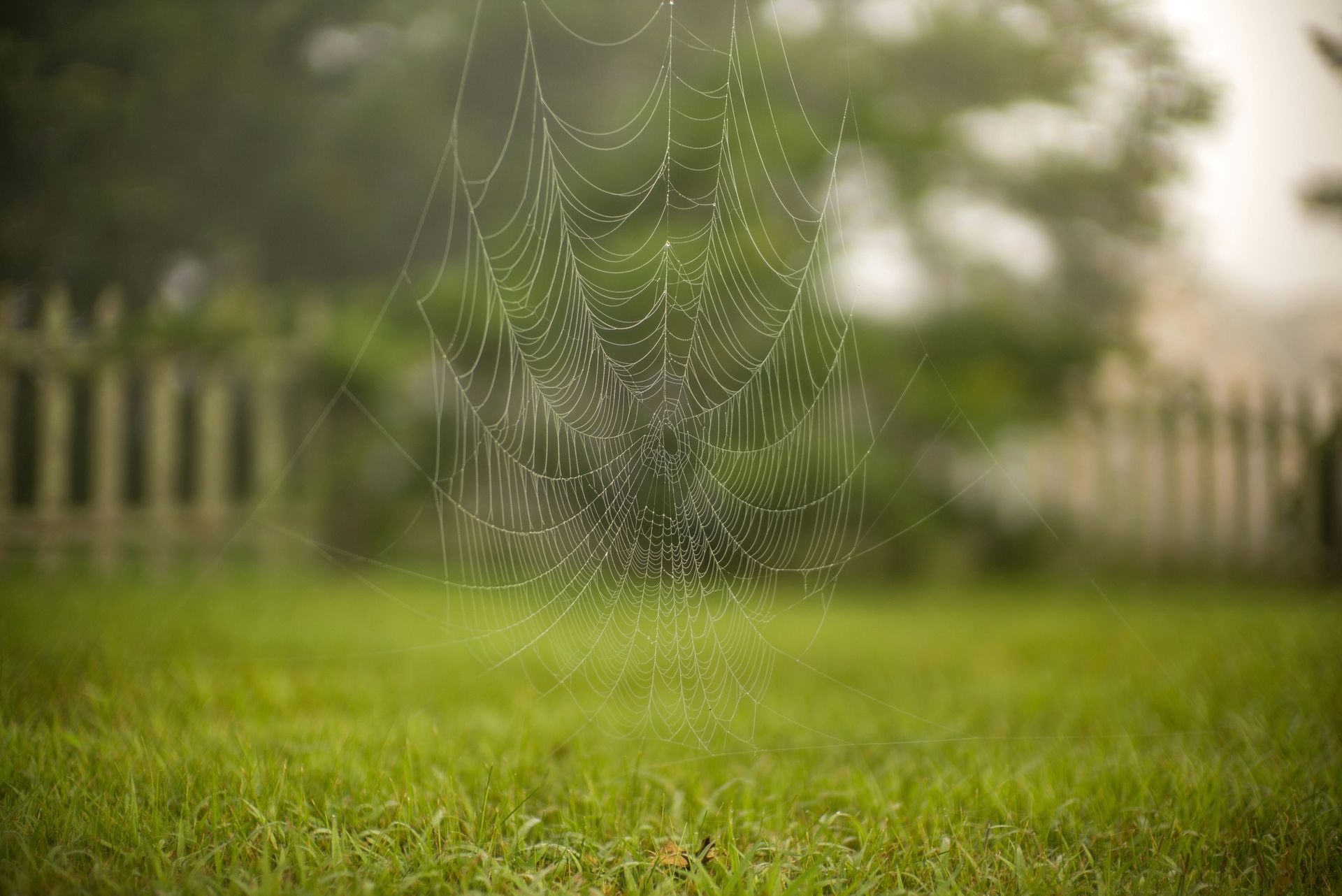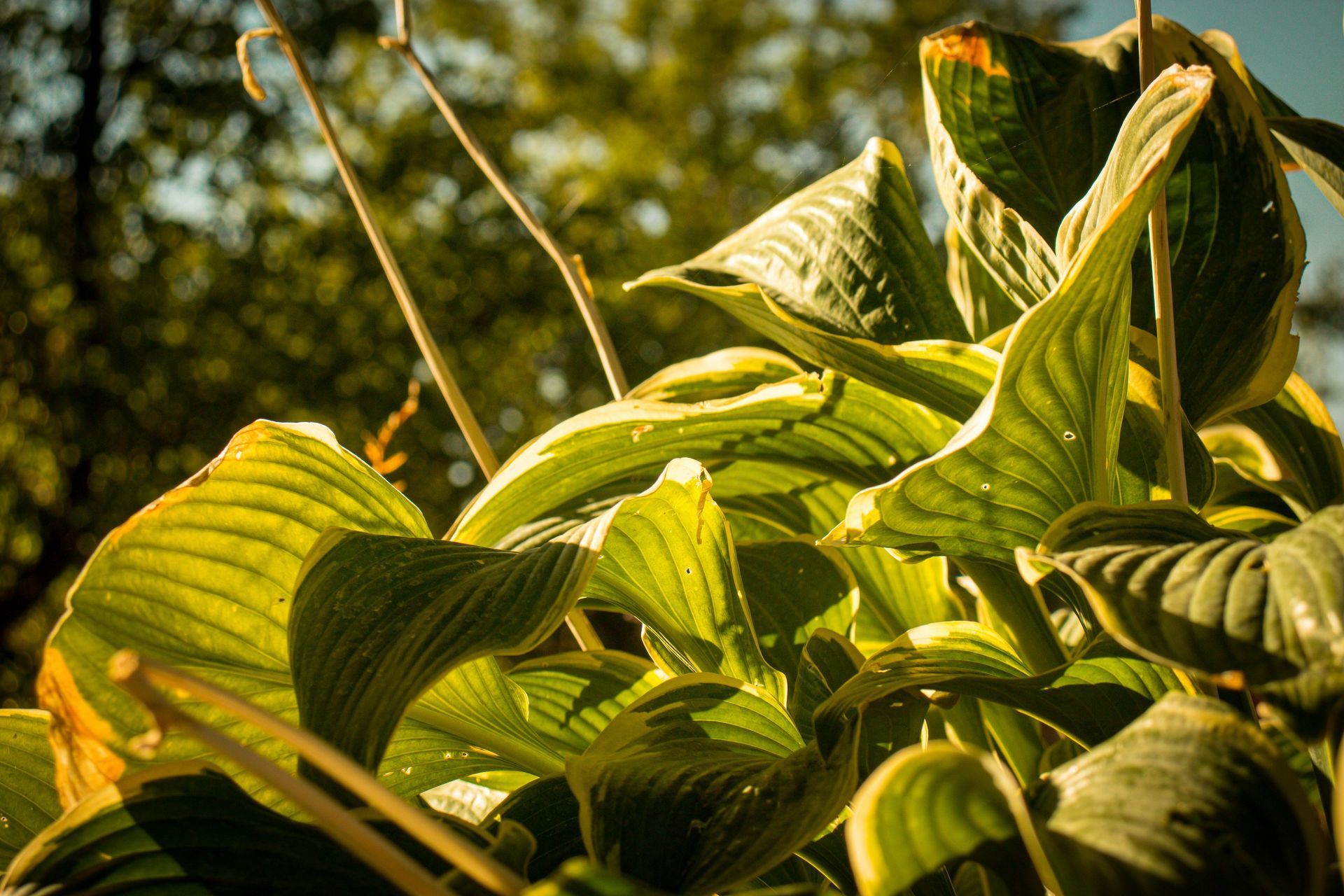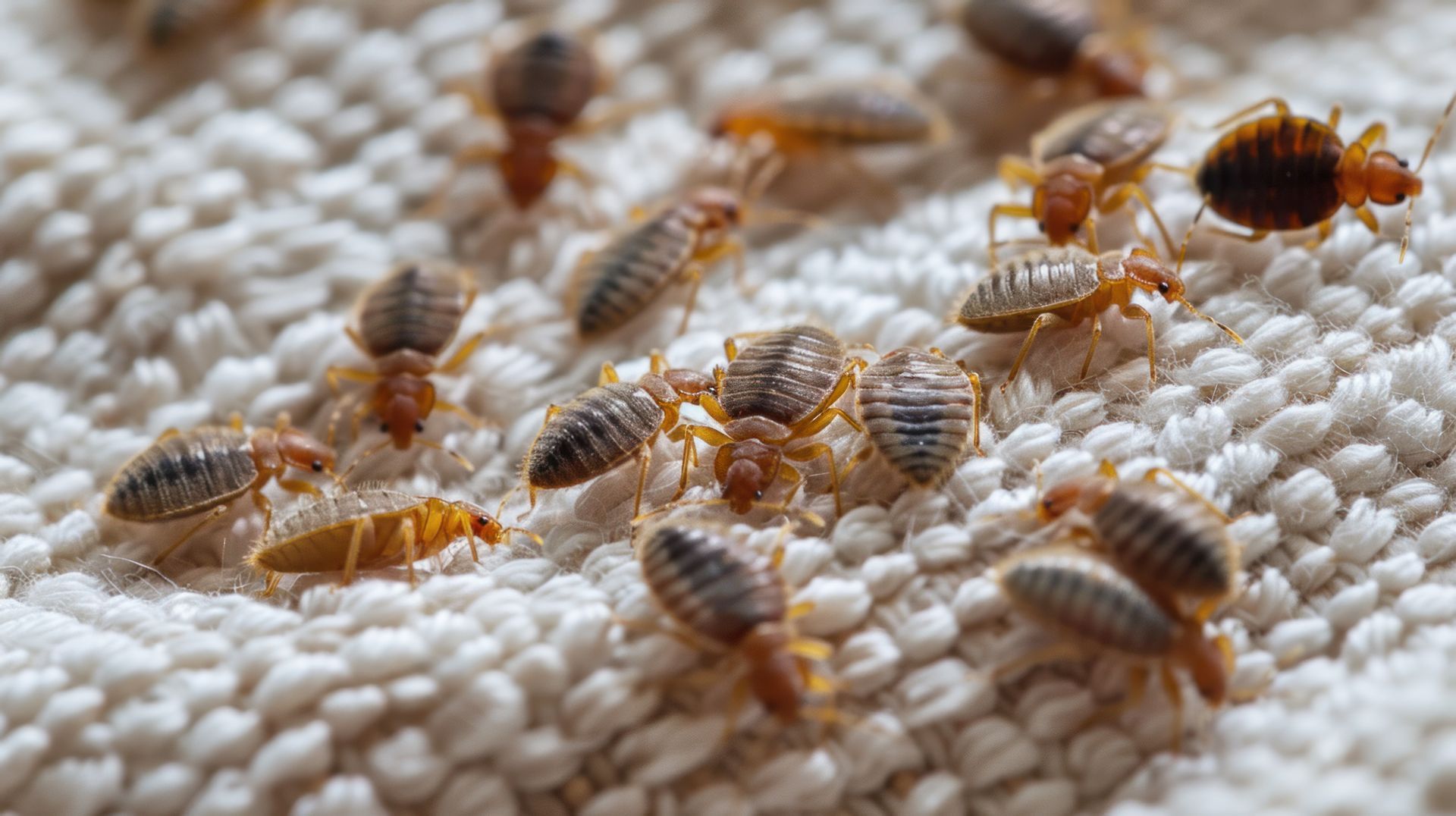The Problems Fleas & Ticks Bring To Your Reno Property
Why Fleas And Ticks Are Dangerous
Although fleas and ticks are very different creatures, the problems they cause are similar. Both of these pests feed on blood. Fleas prefer the blood of animals and ticks prefer humans. Interestingly enough, ticks and fleas do not directly threaten humans. If you are the first victim one of these pests bites, there is no risk of you getting sick. It is only when one of these creepy crawlies first bites an infected individual or animal and then bites you that there is a risk of disease spread.
The Diseases Ticks And Fleas Spread
Ticks and fleas spread a wide variety of dangerous diseases. Fleas are mostly known for transmitting murine typhus, tungiasis, and tularemia. They were also directly responsible for spreading the bubonic plague (also called the black death) in the mid-1300s. This disease still exists today but is considerably less dangerous due to modern medical advancements.
Ticks, on the other hand, spread diseases based on their species. In Reno, we have what are called Rocky Mountain wood ticks. These dangerous blood-feeders spread both Colorado tick fever and Rocky Mountain spotted fever.
How Fleas And Ticks Travel
Both fleas and ticks are relatively immobile pests that require help to get from property to property. Most often they get rides on local wildlife such as deer, foxes, and raccoons. When not on an animal host, these pests hide inside thick underbrush, tall grass, and other secluded areas. To get into homes, fleas and ticks ride on rats, mice, dogs, cats, humans, and other warm-blooded creatures.
Some Strategies To Protect Your Pets Against Fleas And Ticks
One of the most common ways fleas and ticks get into homes is by using our pets. If you have dogs, cats, or other animals you let outdoors, it is vitally important that you arm them with the proper tick and flea prevention. This usually involves styling them up with a flea and tick collar which is designed to eliminate these pests within hours of coming onto your pet. If this doesn’t work for your pet, consult your local veterinarian for other effective options.
The Best Way To Eliminate Fleas And Ticks
When it comes to keeping ticks and fleas out of your home, your best option is to partner with the experts at Natura Pest Control. Our team specializes in controlling area pests and is prepared to get your home the protection it needs to fight back against dangerous pests like fleas, ticks, and rodents and other wildlife threats that bring them inside.
All of our services start with a detailed inspection. During this process, one of our trained technicians will evaluate your property for pest pressures and decide on a course of action to provide your home the best pest protection possible.
Stage two involves treatments. At Natura Pest Control we only use industrial-grade products and advanced pest control strategies to ensure the best effect possible. Finally, there are follow-up visits. These happen every few months and are designed to evaluate your home’s condition and reapply treatments in order to keep protection as thorough as possible.
Call us today to schedule an appointment for your Reno home to find freedom from fleas and ticks.





